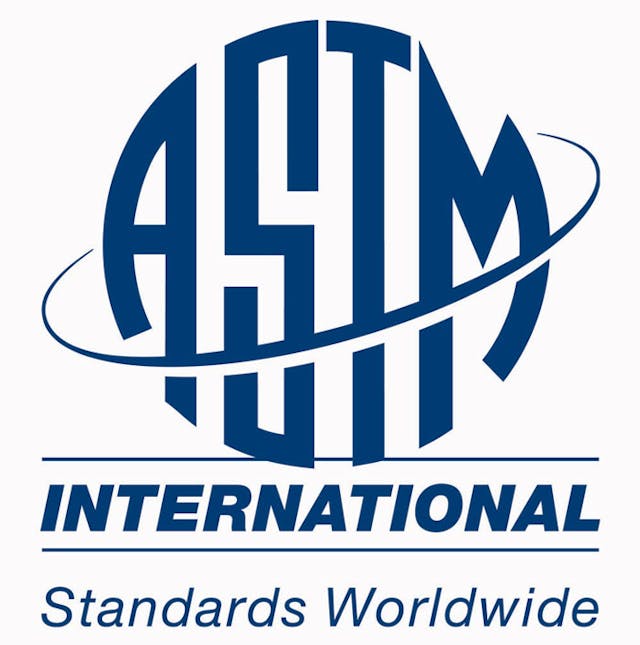Choosing the right tool steel for your project requires understanding the differences between A2 and its ASTM equivalents. Whether you’re working with tools, dies, or precision machinery, knowing A2’s strengths and uses is important. So, how does it compare to the competition? Let’s take a look.
When comparing A2 tool steel with ASTM equivalents, it’s important to consider the material’s composition, hardness, toughness, and applications. A2 tool steel is commonly used to make tools and dies. It is versatile and works well in many industrial applications. Knowing the ASTM equivalents helps you choose the right material for your needs.
Chemical Composition of A2 Tool Steel
A2 tool steel has the following chemical composition:A2 tool steel contains elements such as carbon, chromium and molybdenum, which give it high strength and hardness. For this reason, A2 tool steels are often used in areas where moderate wear resistance and toughness are required. For example, in the manufacture of molds and cutting tools, A2 tool steel is widely used in the automotive and aerospace industries due to its wear and impact resistance. I have personally worked with A2 steel and have been impressed by its consistent performance under high temperatures and constant pressure.
- Carbon: 0.90-1.05%
- Chromium: 4.90-5.30%
- Molybdenum: 0.90-1.10%
- Manganese: 0.40-0.60%
- Vanadium: 0.15-0.20%
- Silicon: 0.20-0.35%
- Phosphorus: 0.025 max%
- Sulfur: 0.005 max%
A2 Tool Steel Properties and Heat Treatment
A2 tool steel typically exhibits a hardness range of 57 to 62 HRC and a yield strength between 185 ksi and 230 ksi. This steel offers notable toughness and wear resistance, which can be further enhanced through precise heat treatment. My experience indicates that optimal hardness and strength depend significantly on carefully controlling the heat treatment process.https://www.youtube.com/watch?v=Qr-1fxX8tvo
Annealing: Annealing is done at temperatures between 1550-1600°F. This process is essential for softening tool steel and relieving internal stresses. In my experience, it is key to improving machinability and ensuring consistent hardness.
- For example,:when working with A2 tool steel, I found that proper annealing improves cutting precision and reduces tool wear during subsequent operations. This process boosts performance and ensures durability in high-stress situations.
Hardening:The hardening process for tool steels happens at temperatures between 1700 and 1800°F. This range is key to balancing hardness and toughness.
- For example:In my experience with A2 tool steel, reaching this temperature range gave me the best structure for cutting tools. It provided both wear resistance and durability. It’s amazing to see how controlling the temperature so precisely changes the steel’s properties, making a relatively soft material strong enough to withstand stress and wear.
Tempering:(350-1000°F):Tempering is an important heat treatment process for tool steels, usually done at temperatures between 350-1000°F. The goal of tempering is to reduce internal stresses, improve the steel’s microstructure, and boost its toughness and ductility.
- For example:In my experience, it’s not just about hitting the right temperature; it’s also important to maintain that temperature for the right amount of time.For instance, when I worked with A2 tool steel, tempering at 500°F for about two hours greatly improved its wear resistance, making it perfect for cutting tasks. The right tempering process can have a big impact on the tool’s performance and lifespan, which is why precision is key.
The hardness of A2 steel is highly temperature-dependent.
- For example:At 400°F, it can achieve a hardness of 60-62 HRC, maintaining its good wear resistance and toughness. However, as the temperature increases to 500°F, the hardness reduces to 59-61 HRC, and at 1000°F, it further declines to 54-56 HRC. These variations are crucial considerations for tool application.
These changes in hardness can be adjusted to meet the performance needs for specific tools and dies.
A2 Tool Steel vs. ASTM Equivalents
A2 tool steel is recognized by several international standards, such as AISI A2, BS BA2 (BS4659), and DIN 1.2363 – X100CrMoV5. These standards show how versatile A2 is. It shares key features with other tool steels, making it useful in many industrial applications. Based on my experience, I find A2 to be a reliable material for precision tooling. Its balance of toughness, wear resistance, and ease of machining makes it perfect for applications that require both durability and precision, like die casting or mold making.
Applications of A2 Tool Steel
A2 tool steel is highly versatile and used in many industries. For example, it’s often used to make blanking tools, punch and trim dies, and forming and stamping dies. It’s also important in making shear blades, coin dies, extrusion dies, and mandrels. From my experience, I’ve seen it applied in precision tools where accuracy and durability are crucial. Its resistance to wear and tear makes it great for high-pressure environments, helping tools maintain their performance even in tough conditions.
A2 is ideal for these applications because of its good machinability, moderate toughness, and excellent wear resistance.
Machinability and Grindability
A2 stands out among tool steels, like D2, due to its excellent machinability and grindability. This makes it a popular choice in industries where precision and detailed tooling are crucial. In my experience, A2 reduces setup times and makes processing smoother, which cuts labor costs and reduces machine wear. Its ease of handling is especially valuable in tasks that require tight tolerances and detailed work.
summary
Understanding A2 tool steel and its ASTM equivalents helps you make better decisions for your projects. Choosing the right material ensures your tools and dies perform well and last longer. This improves efficiency and precision in your work.



